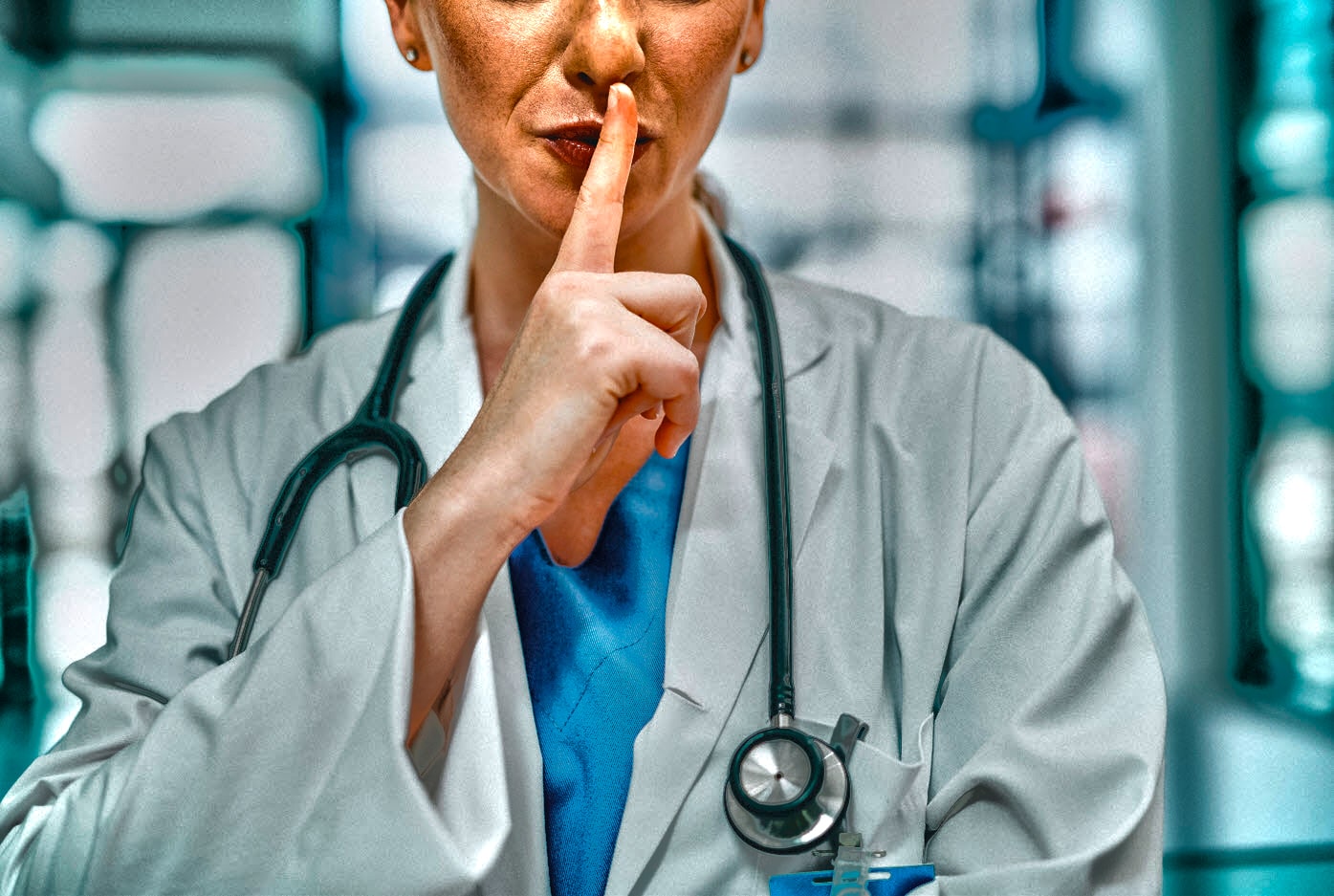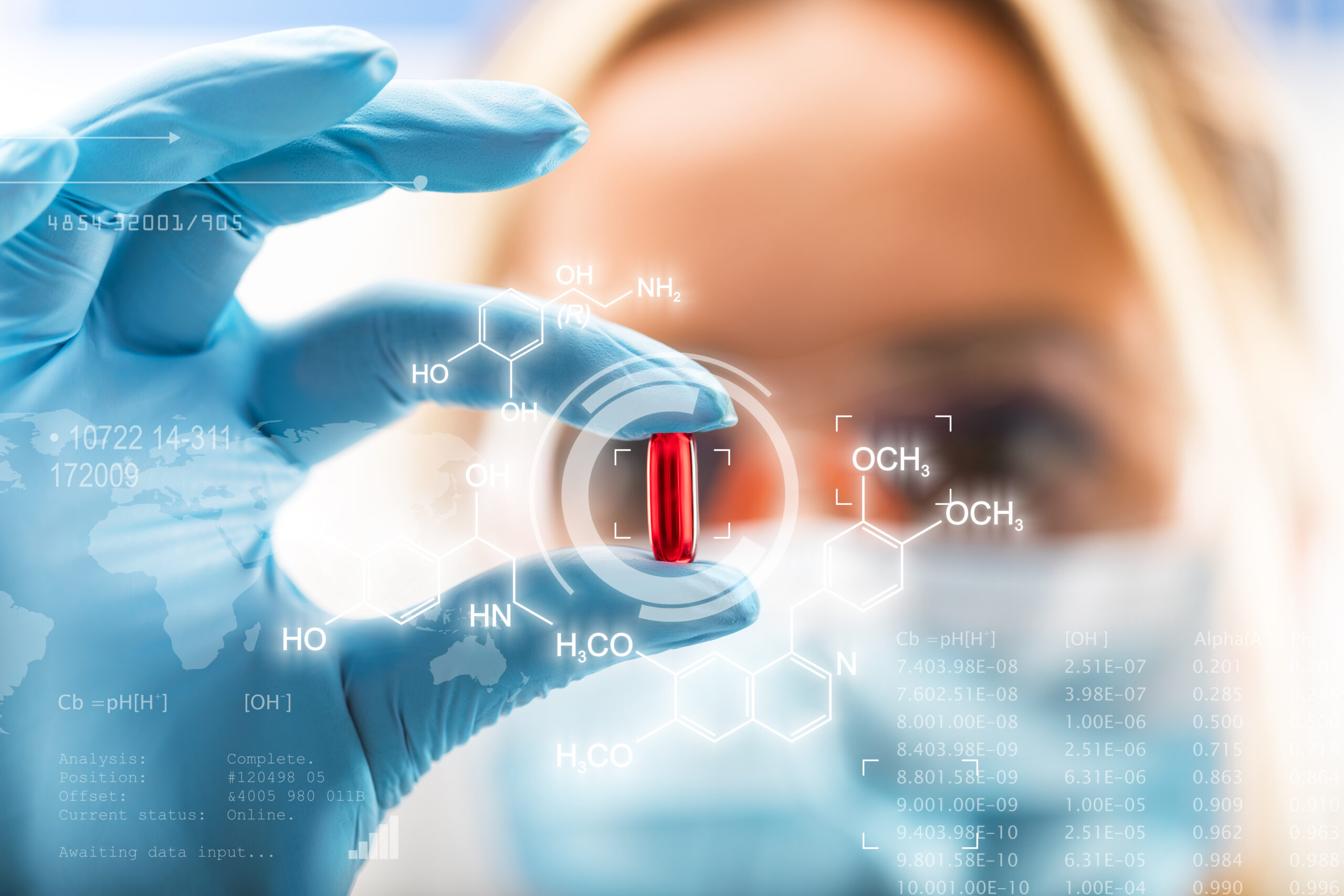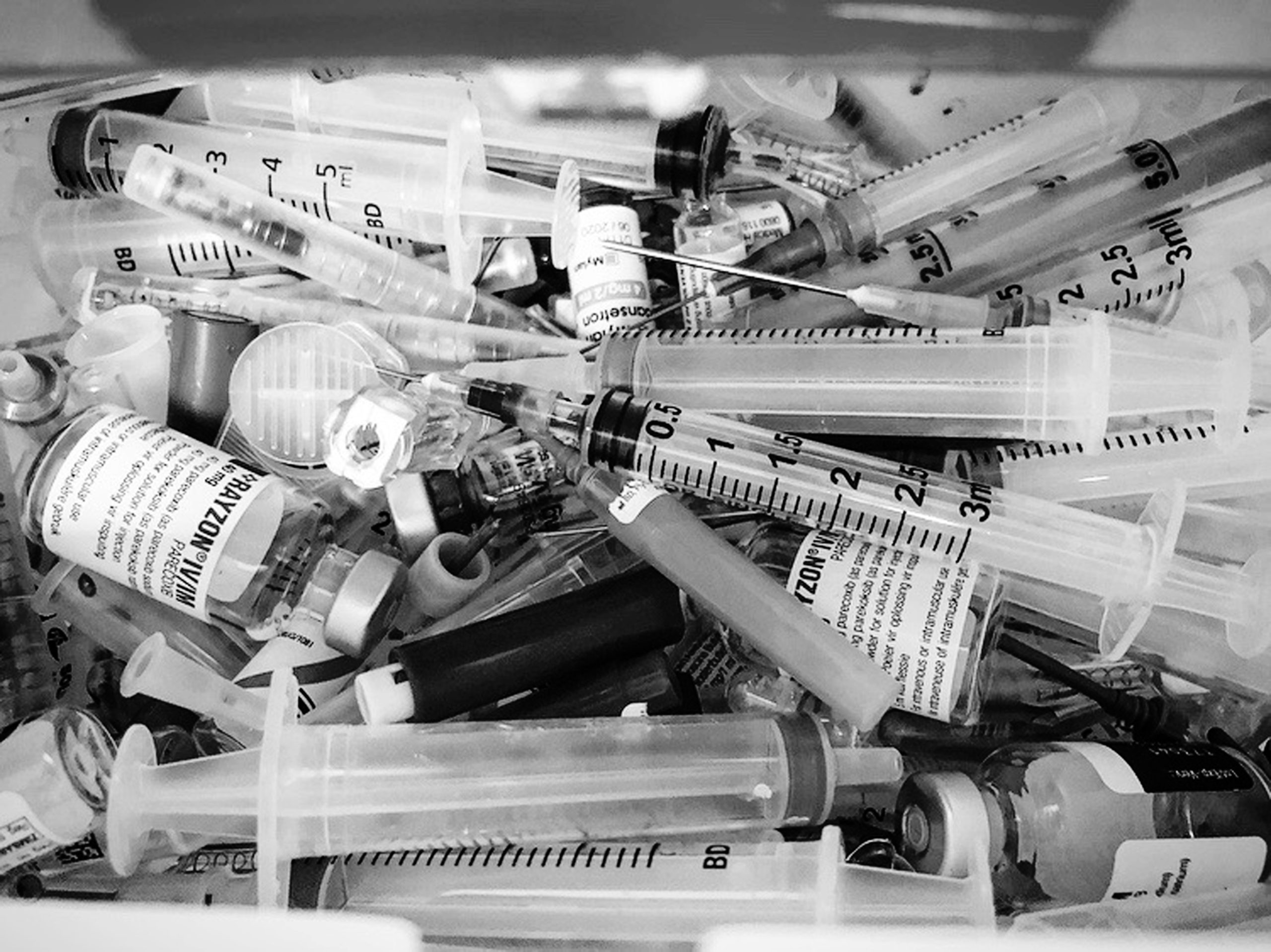Biosimilar drugs have been one of the trending topics for the new decade, particularly as we approach patent expiration dates for some of the most successful biologic drugs. However, the reality of the market has not quite lived up to expectations so far – and this is largely due to the differences between biosimilars of biologic drugs versus generics of synthetic drugs, which we will discuss here.
The Nature of Biosimilars
While synthetic drugs made using industrial chemical processes are easy to replicate verbatim – leading to the rise of generic versions once the patent for the reference product expires, biologics are not. Biologic drugs are created using living cells or organisms, and thus are nearly impossible to replicate to an exact degree – which is why biosimilars are not the same as generics. With the global market for biologic drugs expected to grow up to $421.8b by 2025, appreciating the regulatory and manufacturing differences around biosimilars has never been more important. Biosimilars depend on the Biological Price Competition and Innovation Act (BPCIA) for their abbreviated regulatory pathway – the introduction of the bill in 2010 was expected to bring ~$44b in savings over 2014-2024, but so far expectations have not met those targets.
Cost Efficiency
The costs associated with developing and manufacturing a biosimilar product are markedly higher than those for a generic product; where a generic may cost $1-2m and a couple of years to develop, biosimilars may run a bill up to a hundred million over several years. The product will have slight variations over the branded biologic product, new animal and clinical studies are also required for FDA approval; interchangeability with the reference product is also not guaranteed – but must still be demonstrated through studies. An IQVIA report estimates that biosimilars only present a 30% price cut compared to their reference product – in stark contrast to generics which often undercut branded counterparts by 80-85% or more. However, it is important to note that the absolute savings delivered by biosimilars are much higher than generics – this is due to the higher overall prices of biologic products to begin with.
The potential for profit in the field should remain an attractive option for many in the industry – 19% of biologics already face biosimilar competition, while of the 64% biologics that may face competition in the future, just under half already have biosimilar competitors in development. With 30+ approved follow-on biosimilars and over 108 more currently in development, the industry is heading for a race to develop new products as the patents for blockbuster products expire. Indeed, the end of the last decade saw a patent cliff for some hugely successful biologics: etanercept, insulin aspart, insulin glargine, pegfilgrastim, adalimumab, rituximab, infliximab, bevacizumab, trastuzumab and ranibizumab, among others.
Flagging Competition
Yet despite the pattern cliffs, early reports from 2019 yielded disappointing results in America. Even journals such as Health Affairs claimed biologics are “natural monopolies”. Yet this is untrue – the European market of biosimilars shows better competition. The European Medicines Association had already approved 77 biosimilars by 2021. Europe can yield important lessons for America: patient and physician familiarity play an important role in the success of biosimilars. This is all the more important in the American market, which presents multiple barriers for biosimilars that Europe does not: patent issues and a legal system that enables originators to respond to the introduction of a biosimilar more easily.
This permissive patent attitude is excellently illustrated by adalimumab, which is protected by over 60 patents in the USA, and will not be open to biosimilar competition, which it is already facing in the European Union, before 2023. Even in this market, some biosimilars have shown great success – 60% of office-provided filgrastim prescriptions were for biosimilars, and 49% from outpatient hospitals. However, it is not necessary for every market to reach such a high biosimilar capture rate for savings to be realized – the mere existence of biosimilar competitions is enough to bring down the price of the branded product itself; this is even further accentuated when more than one competitor exists. Trends show that capturing market share becomes extremely difficult as a third or later competitor; the ones that usually do introduce drastic efficiencies and price cuts.
Yet further progress remains possible. This year saw the approval of the first interchangeable biosimilar, Semglee (insulin glargine-yfgn); interchangeable to Sanofi’s Lantus (insulin glargine). With over 34 million diabetics in the USA, the market will be closely watching the performance of this first interchangeable biosimilar. The interchangeable status will greatly liberalize the market for insulin glargine; it will allow pharmacists to offer it to anyone prescribed either Semglee or Lantus without requiring express authorization from a patient’s physician to offer a biosimilar. This is particularly important because while most physicians are comfortable prescribing biosimilars, most are reluctant to outsource the decision-making to the pharmacist; interchangeable status allows progress in that area.
New legislation is already promising on that front, with 2021 having seen the passage of the bill for Advancing Education on Biosimilars, which will aim to educate healthcare practitioners on biosimilars and reference products and their advantages. The BIOSIM act further increases the reimbursement provided for prescribing biosimilars over reference product biologics, to increase biosimilar adoption rate. Another bill has also been introduced, titled Increasing Access to Biosimilars, aimed at further establishing biosimilars as safe and effective in the public’s mind – but also the minds of general healthcare professionals.
As such, it becomes increasingly evident that while biosimilars may have stumbled expectations to provide breakthroughs right on the patent cliff experienced at the start of the decade, the industry remains intrepid. With successes in Europe, it becomes clear that the problem may not lie with the industry of biosimilars – it does not – but the regulatory and healthcare landscape of America instead. We have seen great progress in increasing market competitiveness in this field, both by regulators and industry leaders; if 2021 was any indication, then this decade should be a bright one for the biologics market. It is important that the drive to push biosimilars to the mainstream should not let up; the biologics market already presents some of the most expensive treatments in the industry, and the savings that biosimilars could deliver will no doubt prove life-saving.
Improvements in pharmacovigilance, drug safety and regulatory frameworks will be the greatest facilitators for the wider adoption and development of biosimilars. Find out more about the latest topics and trends in the Pharmacovigilance Strategy Meetings hosted by Proventa International, featuring world-class experts.


Subscribe
to get our
LATEST NEWS
Related Posts

Pharmacovigilance
Complexity of Clinical Decision Support Systems
In today’s healthcare, where choices can make all the difference, CDSSs shine as trusted guides.

Pharmacovigilance
Iatrogenic Disorders: A Hidden Risk of Medical Treatment
“All men make mistakes, but a good man yields when he knows his course is wrong, and repairs the evil. The only crime is pride.”— Sophocles, Antigone”
Read More Articles
Synthetic Chemistry’s Potential in Deciphering Antimicrobial Peptides
The saga of antimicrobial peptides unfolds as a testament to scientific ingenuity and therapeutic resilience.












